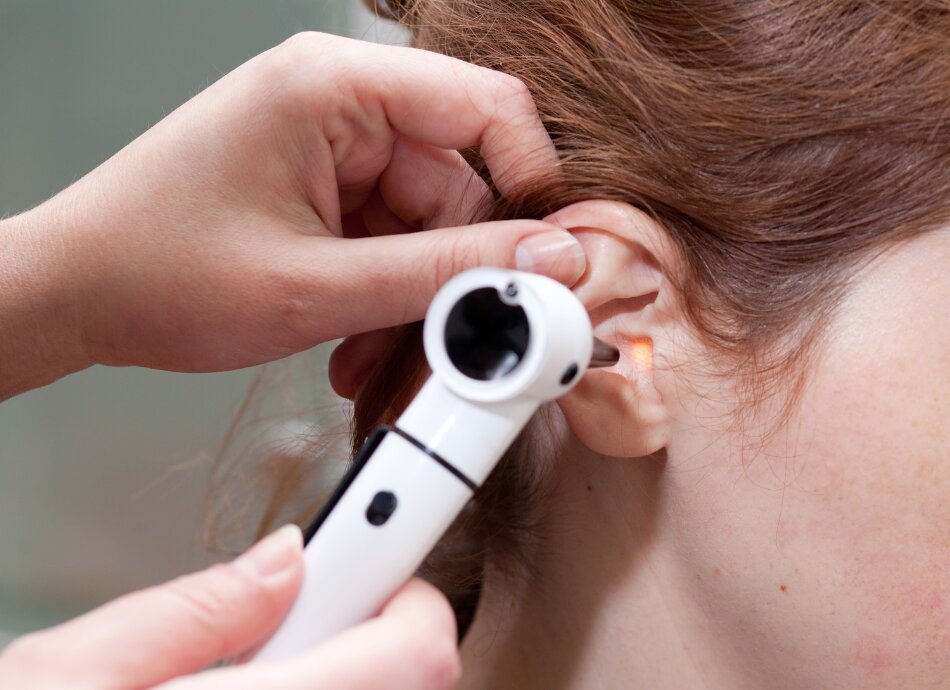Blocked ears
Also known as eustachian tube dysfunction
Key points about blocked ears
- The eustachian tube is a tube that runs from your ear to the back of your nose.
- It's normally closed, but opens when you swallow or yawn. This lets air into your middle ear.
- If your eustachian tube isn't working properly, this causes reduced air pressure in your middle ear, which pulls your eardrum inwards.
- This can make your ear feel blocked and may cause ear pain. You may also notice you can't hear properly.
- Often, you can get blocked ears with a cold or allergies.

The eustachian (yoo-stay-shun) tube is a tube that runs from your ear to the back of your nose. It's normally closed, but opens when you swallow or yawn. This lets air into your middle ear.
If your eustachian tube isn't working properly, this causes reduced air pressure in your middle ear, which pulls your eardrum inwards. This can make your ear feel blocked and may cause ear pain. You may also notice you can't hear properly.

Image credit: Depositphotos
The most common cause is a blocked nose, because swelling closes the entrance to your eustachian tube. A cold is the usual reason for this but it can also happen with allergies.
Glue ear and large adenoids (tissue where the back of your nose meets your throat) can also be a cause, especially in children.
Smoking can affect the way your eustachian tube works.
Air travel and scuba diving when you have a cold can make eustachian tube dysfunction worse.
If you have symptoms of eustachian tube dysfunction (blocked ears), try closing your mouth, holding your nose closed and blowing into your nose (this is called the Valsalva manoeuvre). You may hear a clicking sound in your ears.
A nasal decongestant spray used for 5 to 7 seven days may help if you have a blocked nose.
A steroid nasal spray can be used for longer and may help especially if the problem is caused by an allergy.
If your symptoms don't get better, see your doctor to check for other ear problems. There may be another cause of your pain, eg, waxy ears or a middle ear or outer ear infection.
Eustachian tube dysfunction(external link) Patient Info, UK
References
- Murtagh J. John Murtagh's general practice(external link) 2011, 5th edition, McGraw-Hill Australia Pty Ltd.
- Management of otis externa(external link) GP notebook
- Glue ear/Taringa Hoi(external link) HealthEd, NZ
- Earwax build-up – treatment(external link) NHS, UK
- Earwax(external link) Patient Info, UK
- Eustachian tube dysfunction(external link) Patient Info, UK
Credits: Content shared between HealthInfo Canterbury, KidsHealth and Healthify He Puna Waiora as part of a National Health Content Hub Collaborative.
Last reviewed:





